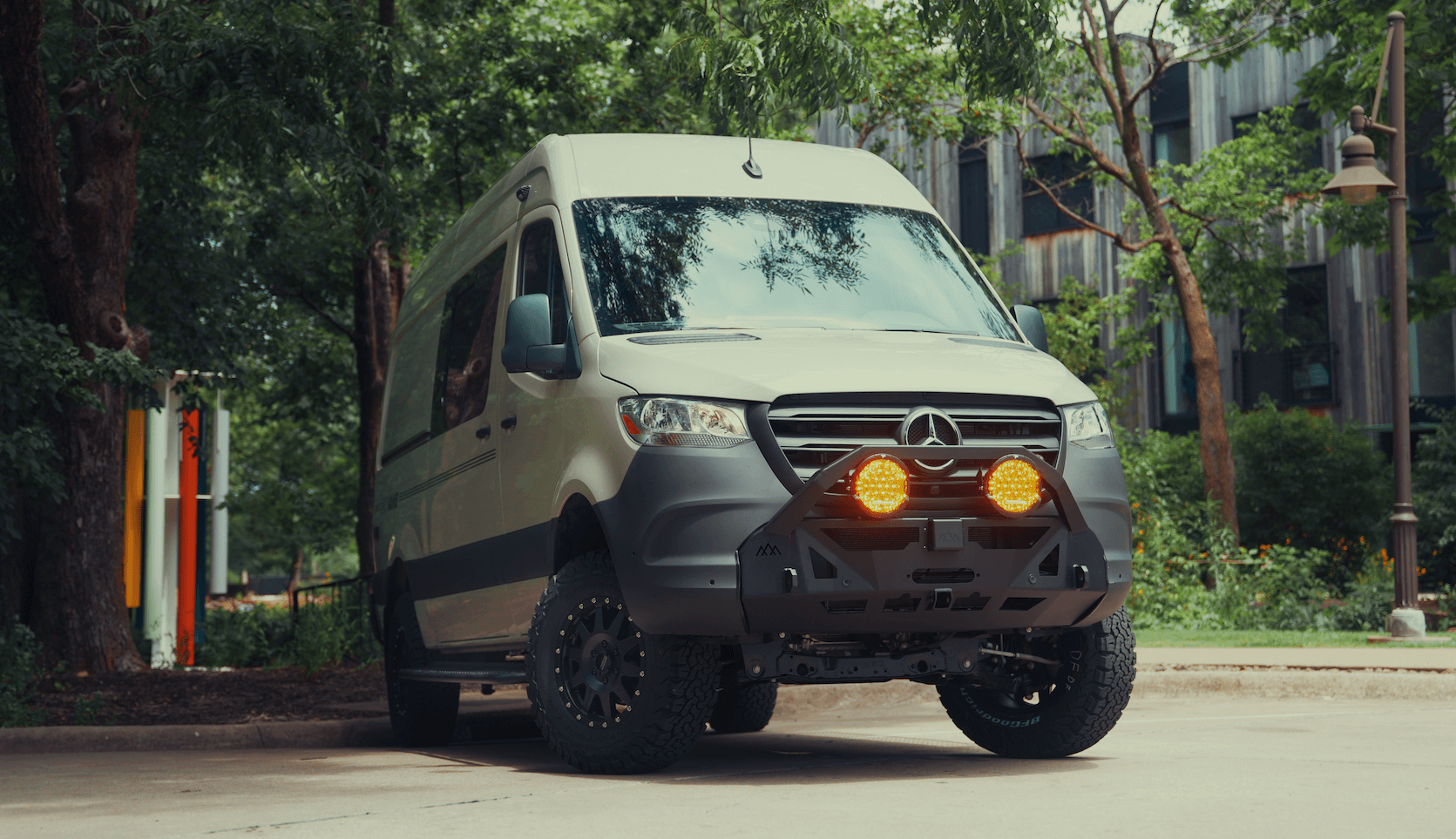Recreational Vans

A thermometer tells only part of the story. Your body loses heat through four pathways: moving air strips warmth, cold surfaces pull it away, your skin radiates heat to the night sky, and moisture evaporates from clothing and breath. Wind multiplies the effect by increasing airflow across your skin and by pushing cold air into gaps around cuffs and collars. Damp layers collapse loft and slash insulation power, which is why even a small leak or sweaty base layer can make a mild night feel brutal.
Think in terms of barriers and buffers. Stop wind with a shell that closes cleanly at the neck and wrists. Keep dry with a wicking base layer and adjust effort to prevent sweat buildup. Add loft with mid layers that trap air yet still breathe. Finally, block radiant loss with reflective barriers or a properly rated quilt or sleeping bag. Small wins stack up fast when temperatures drop.
Start with clothing that manages moisture. A synthetic or merino base layer pulls sweat off the skin. A puffy mid layer adds loft without heavy weight. A weatherproof shell stops wind and light precipitation. For hands, choose liners under insulated gloves so you can adapt as activity changes. For feet, rotate dry socks and use roomy footwear so insulation can loft. A warm hat and neck gaiter do more than most realize.
Your sleep system matters as much as your jacket. Look for a sleeping pad with a winter grade R value to block conductive heat loss to the ground or a cold van floor. Pair it with a temperature rated bag or quilt, and consider a bag liner to add a few degrees without bulk. A simple hot water bottle placed near your core or feet at bedtime can preheat the system and help you fall asleep faster.
Ventilation sounds counterintuitive in winter but it is essential. Every breath and burner adds moisture. Without a path for humid air to escape, condensation forms on cold windows and metal, wetting soft goods and lowering comfort. Crack a roof vent or window slightly on the downwind side to maintain a gentle crossflow. The result is drier air, better sleep, and fewer morning drips.
There are three broad heat categories on the road. Vented fuel fired heaters sip diesel or gasoline and exhaust outside, which keeps indoor air dry and reduces carbon monoxide risk when installed correctly. Catalytic units can provide gentle warmth but require careful ventilation and constant monitoring. Electric heat is clean and quiet but demands robust shore power or a high capacity battery system. No matter the choice, install carbon monoxide and smoke detectors, keep a fire extinguisher handy, and never block vents.
Cold brings specific challenges that can undo a good plan. Water systems are the first to complain. Exposed lines can freeze quickly, so insulate them, route them inside conditioned space when possible, and drain or bypass exterior runs before a cold snap. Keep a dedicated stash of drinking water inside, away from exterior walls or doors. Tanks benefit from heating pads or proximity to the warm side of your living space.
Batteries behave differently in the cold. Lead acid loses capacity, while many lithium iron phosphate packs should not be charged below freezing. Solutions include a warm battery compartment, heating mats with thermostats, or charging schedules that favor the warmest part of the day. Monitor charge rates and avoid deep discharges during prolonged cold to preserve longevity.
Condensation management makes or breaks winter comfort. Use insulated window coverings and thermal breaks to separate warm interior air from cold metal. Wipe down panes in the morning, dry damp layers promptly, and cook with lids on when possible. The drier your microclimate stays, the warmer you will feel at the same thermostat setting.
Now, if you prefer winter miles to winter idling, a thoughtfully built van turns these principles into daily comfort. Professionally applied insulation, airtight yet serviceable vapor control, and a true thermal break around windows and steel reduce conductive and radiant losses. A properly sized fuel fired heater with clean ducting adds dry heat that does not soak your space in moisture. Smart ventilation helps you breathe easy without losing all your warmth. When these elements work together, you spend less time fussing with gear and more time enjoying quiet trails and empty campgrounds.
If you want a purpose built cabin on wheels for cold weather travel, explore our Recreational vans. For a ground up package tailored to your route, timeline, and crew size, see our Custom van build process. If you prefer a finance friendly starting point with proven layouts, review our Mainstream vans options.
Final thought for cold season travelers: plan for moisture first, heat second, and air movement always. Keep safety front of mind with detectors and clear vents. Then pick the system that matches your energy budget and travel style. With a dialed setup, winter becomes the best seat in the house.
Ready to turn January into your favorite month to travel. Share your goals and we will map an insulation plan, heat strategy, and power system that keeps you warm from trailhead to mountain pass. Submit the form to start your build conversation today.
Ready to make winter your season? Tell us how you travel and we will design a warm, quiet, and safe cold weather setup with the right insulation, heat, and power. Submit the form and our team will map your build plan, timeline, and budget to deliver a comfortable 4 season van.
ADDRESS:
6159 E Huntsville Rd, Fayetteville, AR 72701
PHONE:
(479) 326-9200
EMAIL:
info@ozkvans.com